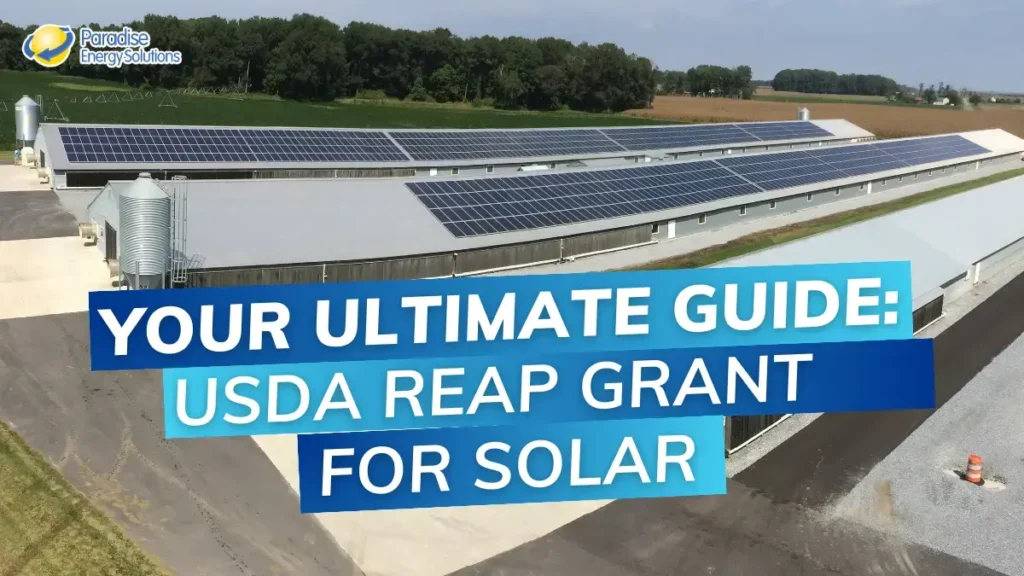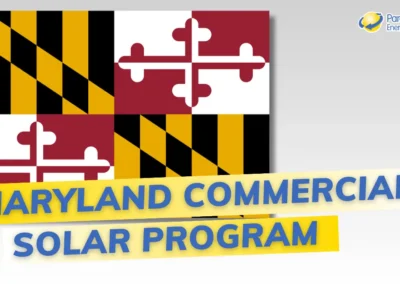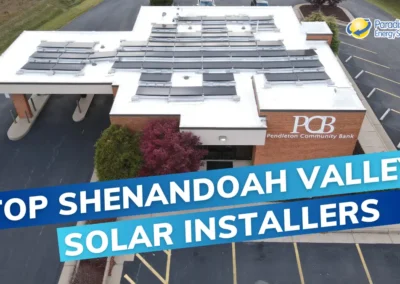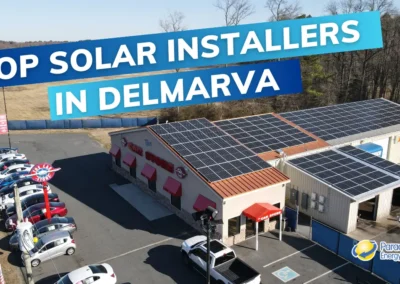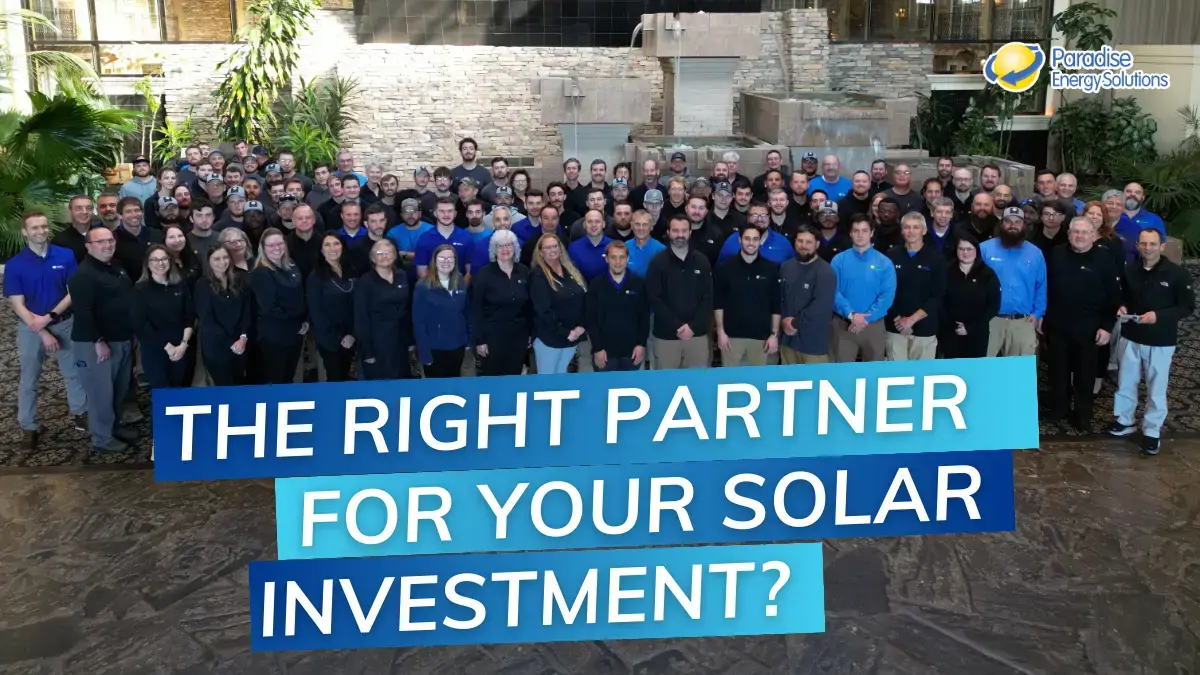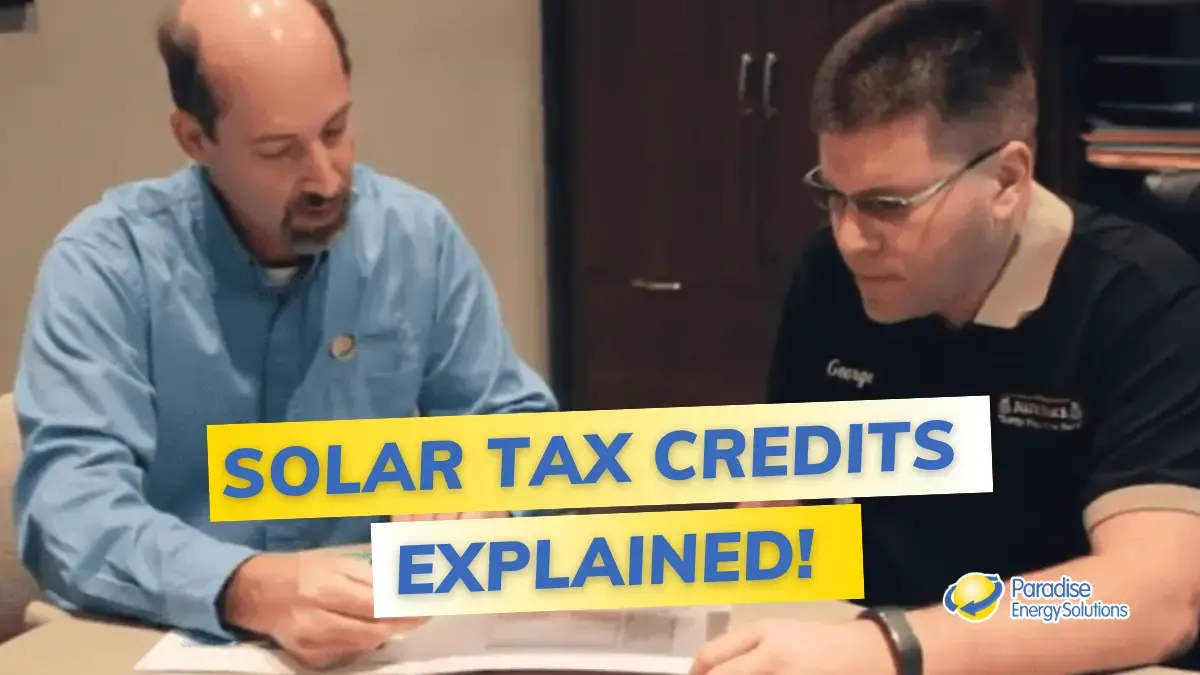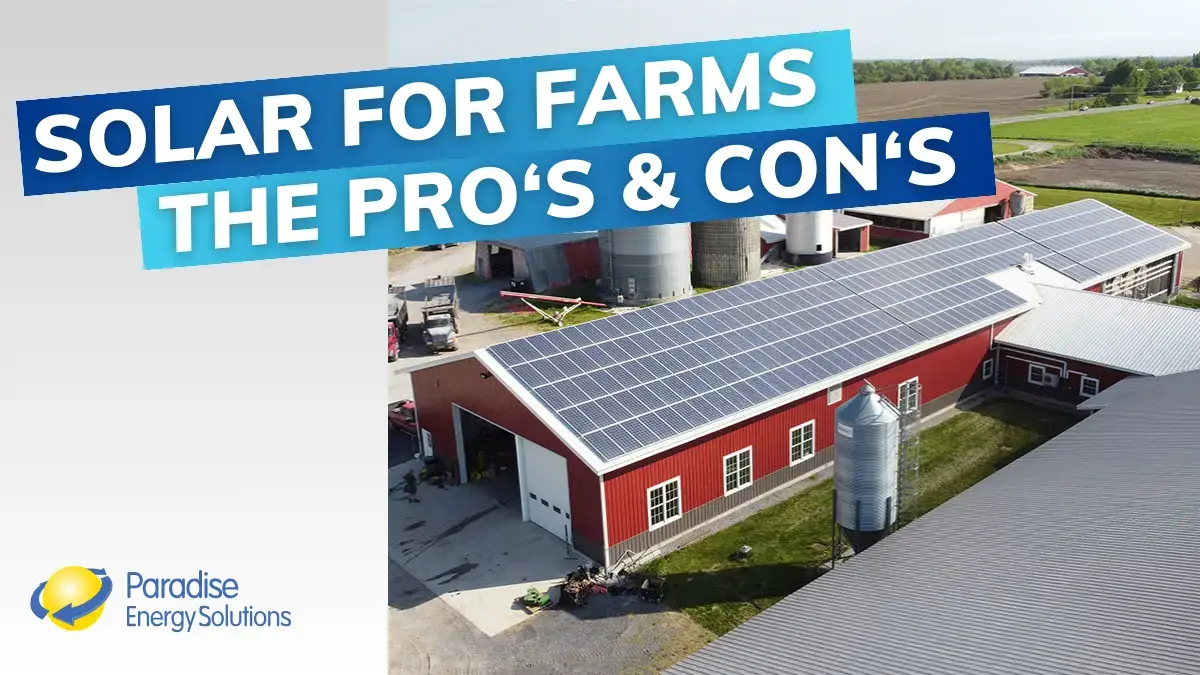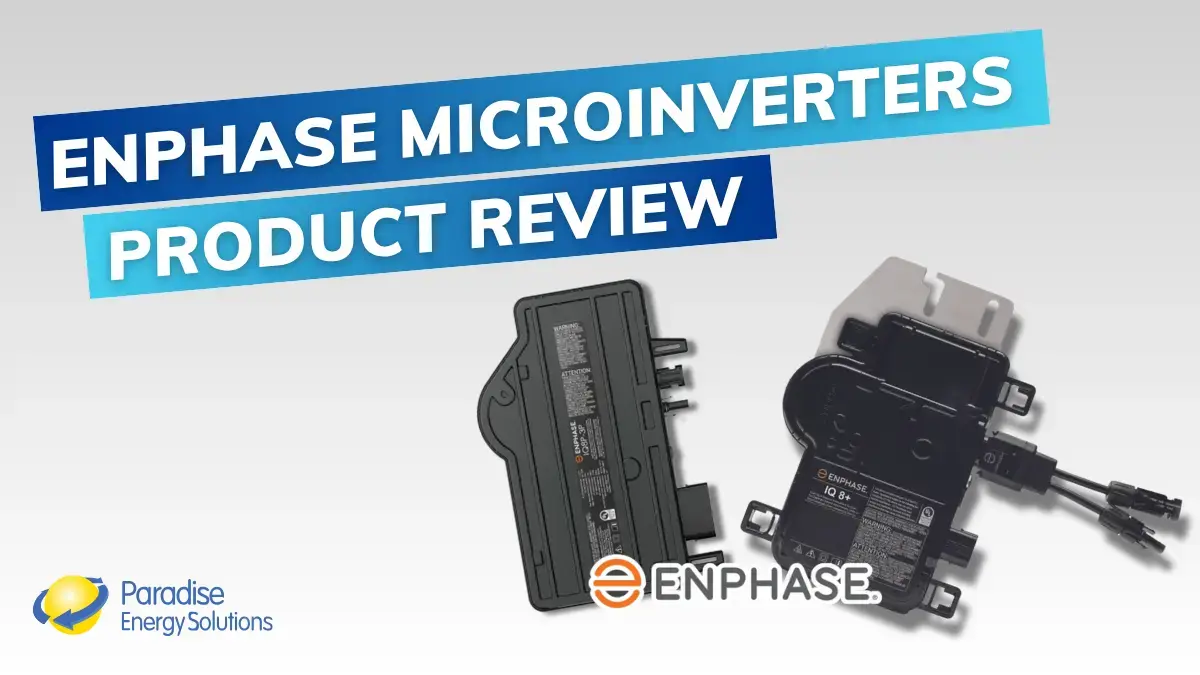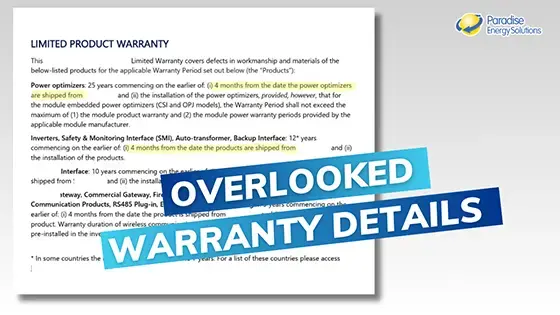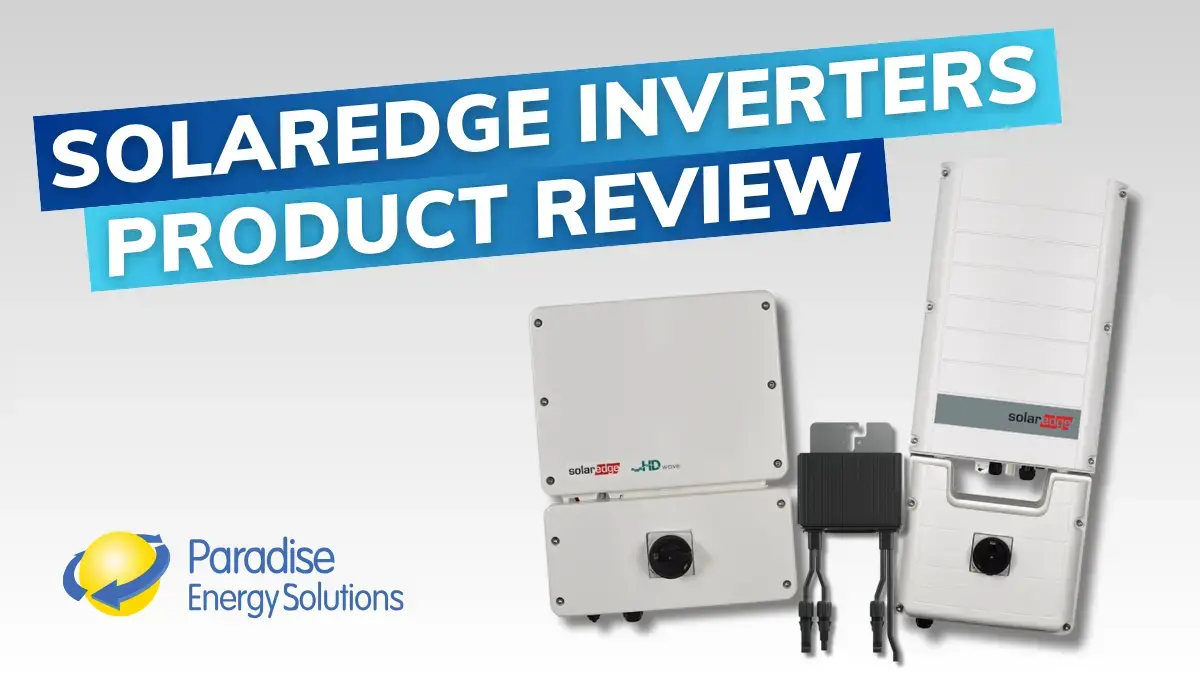The USDA REAP grant program is a powerful resource designed to help farmers and rural businesses boost America’s energy independence by covering a significant portion of the installation cost for a solar energy system.
When you combine this substantial grant with tax incentives and long-term electricity savings, investing in solar becomes an easy choice for many. However, securing this competitive grant isn’t guaranteed and requires a fair amount of work to apply.
Paradise Energy has helped hundreds of farmers and businesses secure the REAP grant—with a near-100% success rate in many of the states we serve. Drawing from this experience, we’ve put together this blog to break down what the USDA REAP grant is, who qualifies, and the essential steps in the application process to help you maximize your chances for success.
What is the USDA REAP Grant for Solar?
The United States Department of Agriculture (USDA) Rural Energy for America Program (REAP) is a highly sought-after opportunity for agricultural producers and rural commercial businesses to receive grants for energy-efficiency improvements and renewable energy projects, like solar.
In 2023, the grant funds received a massive injection of money from the Inflation Reduction Act, pushing the grant coverage up to 50% of the total installation cost of your solar panel system, with a maximum funding limit of $1 million. The 50% grant is available through 2027.
However, The March 2025 REAP round, which the IRA would have funded at 50%, has been canceled. No IRA-funded applications will be reviewed, but this delay does not eliminate opportunities; it just shifts them until later in the year.
The previous 25% funding option available through the farm bill is still active.
Who Qualifies for the USDA REAP Grant?
The eligibility criteria for the USDA REAP Grant have undergone significant changes since its previous iteration before 2023. Most farms and rural small businesses in an eligible area should qualify for grant funding. However, meeting the eligibility requirements does not guarantee securing this highly competitive grant.
Farmers (Schedule F) Qualify for the USDA Grant
If you use Schedule F, you will file as an agricultural producer. To qualify, the majority of your income (51%) must come from the farm. Additionally, the majority of the electricity you use (51%) must be consumed by farm operations — not by personal residences attached to the property. Any electricity you use for your residence will not count toward your 51%. You must also be free of any owed back taxes to the IRS.
Businesses (Form 1065 or 1120) Qualify for the USDA Grant
If you file a 1065 or 1120, you will be applying as a rural small business. The rules for qualifying are similar to those for farms: the majority of electricity consumed (51%) on the property must be for business purposes only, and the applicant can’t owe any back taxes. Most businesses that operate out of a residence do not qualify.
Additionally, the business must be located in a qualifying area. The USDA defines this as an area with a population of 50,000 residents or less. You can use the USDA’s Eligibility Map to determine if your business is in a qualifying area. If your property is close to a qualifying area but not quite within the shaded portion, check with a USDA Grant professional to determine whether it qualifies.
When Can You Apply for the USDA REAP Solar Grant?
Submissions for the USDA REAP grant are currently accepted in three rounds per year. Those rounds are March 31, September 30, and December 31.
Applicants may apply for the 25% grant in each of the three rounds in 2025.
Applications for the 50% funding grant will open for the September funding cycle on July 1, 2025; no applications for the 50% funding grant will be accepted prior to July 1st.
